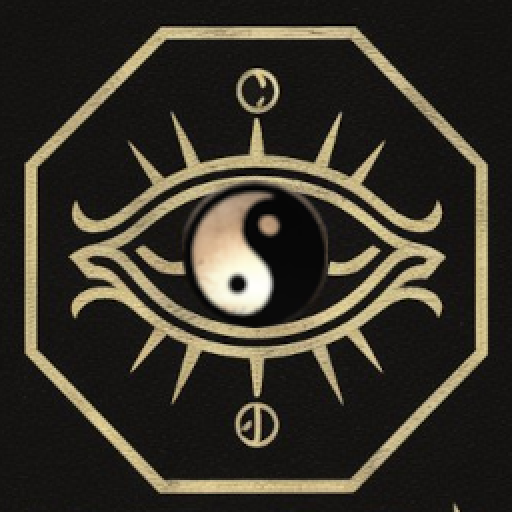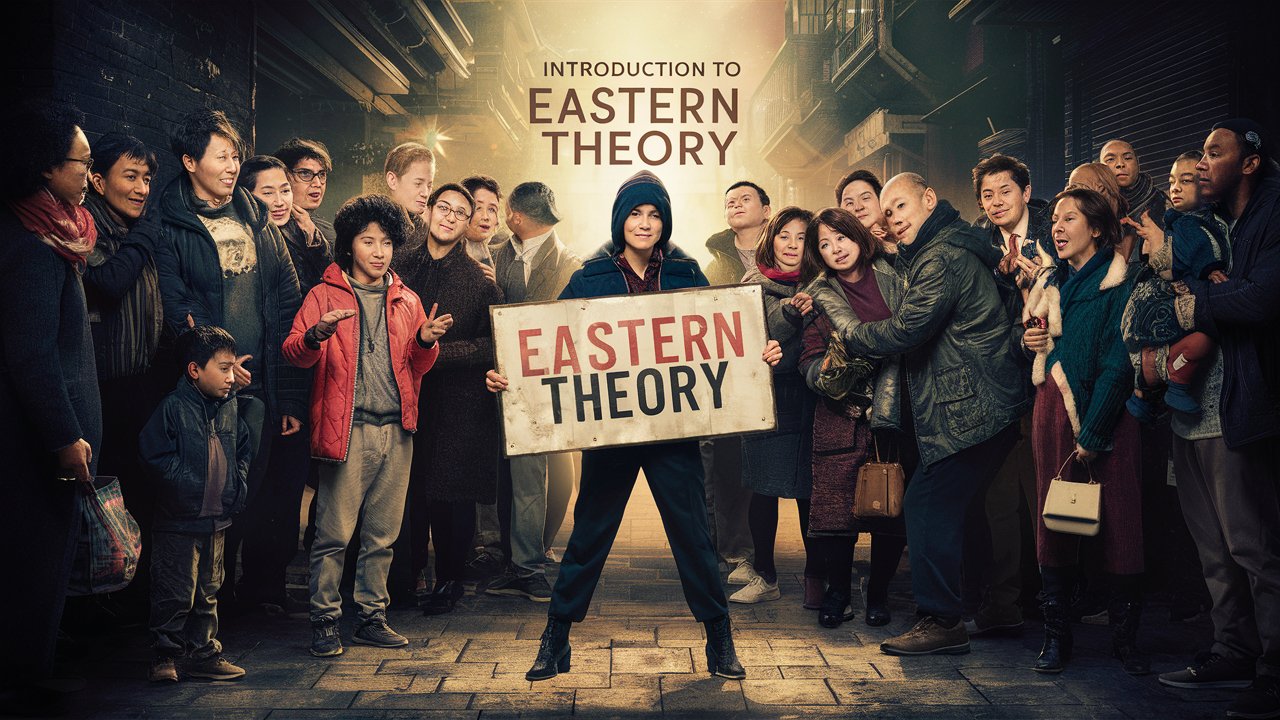AI-Powered Technology Providers https://apps.mysticomni.com/dreamanalysis
Original
诸佛菩萨大吉利 法师登座有疾病 老君真人皆主吉 画神佛者得人钦
看神佛者妻有子 佛共人言有福助 入神庙神动大吉 道施盖者大吉利
憎师教人念经吉 道士女冠言语吉 和尚尼姑看以闷 被鬼神打大不祥
堂上神佛大吉利 神佛不成行大凶 烧香礼拜皆大吉 迎神赛社有外财
仙圣到家福禄至 与鬼斗者主延寿 祭祀神道大吉利 身受戒行者子孝
与神女通得贵子 与尼姑交主失财
Interpretation
Translation:
Worshipping Buddha and Bodhisattvas foretells great good fortune. A monk ascending the seat foretells illness. Taoist deities and immortals foretell good luck. Painting deities and Buddhas foretells gaining admiration from others.
Viewing deities and Buddhas foretells a wife will have a child. Buddha speaking with people foretells blessings and assistance. Entering a temple and feeling the divine presence foretells great good fortune. Donating to religious causes foretells great good fortune.
A monk teaching people to chant scriptures is auspicious. Conversations with Taoist priests and female Taoist practitioners are auspicious. Encountering monks and nuns foretells melancholy. Being struck by ghosts and deities foretells great misfortune.
Having deities and Buddhas in the hall foretells great good fortune. Incomplete depictions of deities and Buddhas foretell great misfortune. Burning incense and worshipping foretell great good fortune. Welcoming deities and holding community festivals foretell acquiring external wealth.
Sages arriving at home foretells the arrival of blessings and honor. Fighting with ghosts foretells an extension of life. Offering sacrifices to deities and the way foretells great good fortune. Practicing religious precepts foretells filial children.
Communicating with divine women foretells obtaining noble children. Interacting with nuns foretells the loss of wealth.
Cultural Explanation:
This passage reflects traditional Chinese beliefs about the symbolism of religious and spiritual practices as omens for one’s future. The cultural context of these beliefs includes:
- Buddhist and Taoist Deities: Worshipping Buddha and Bodhisattvas, as well as Taoist deities, was seen as a way to gain good fortune and blessings, reflecting the deep integration of religion in daily life.
- Religious Leaders: Monks and Taoist priests were respected figures, and their actions, such as teaching scriptures, were considered auspicious. However, certain interactions, like a monk ascending the seat, were seen as potentially ominous.
- Religious Art: Painting deities and Buddhas was not only a form of religious devotion but also a way to gain admiration and respect from others, indicating the cultural value placed on religious art.
- Spiritual Experiences: Feeling the divine presence in a temple or having deities speak with people was seen as a sign of blessings and good fortune, highlighting the belief in the active involvement of the divine in human affairs.
- Religious Rituals: Burning incense and worshipping, as well as participating in community religious festivals, were seen as ways to gain good fortune and external wealth, reflecting the communal aspect of religious practice.
- Spiritual Encounters: Encounters with monks and nuns could have different implications, from melancholy to the acquisition of noble children, indicating the complex symbolism of religious figures in predicting future events.
- Negative Omens: Being struck by ghosts and deities or having incomplete depictions of religious figures was seen as a sign of great misfortune, reflecting the belief in the power of the spiritual world to influence one’s destiny.
Refs:
Uncovering the Mystery of Dreams: Eastern Theory
Uncovering the Mystery of Dreams: A Modern Interpretation of Ancient Oriental Art

